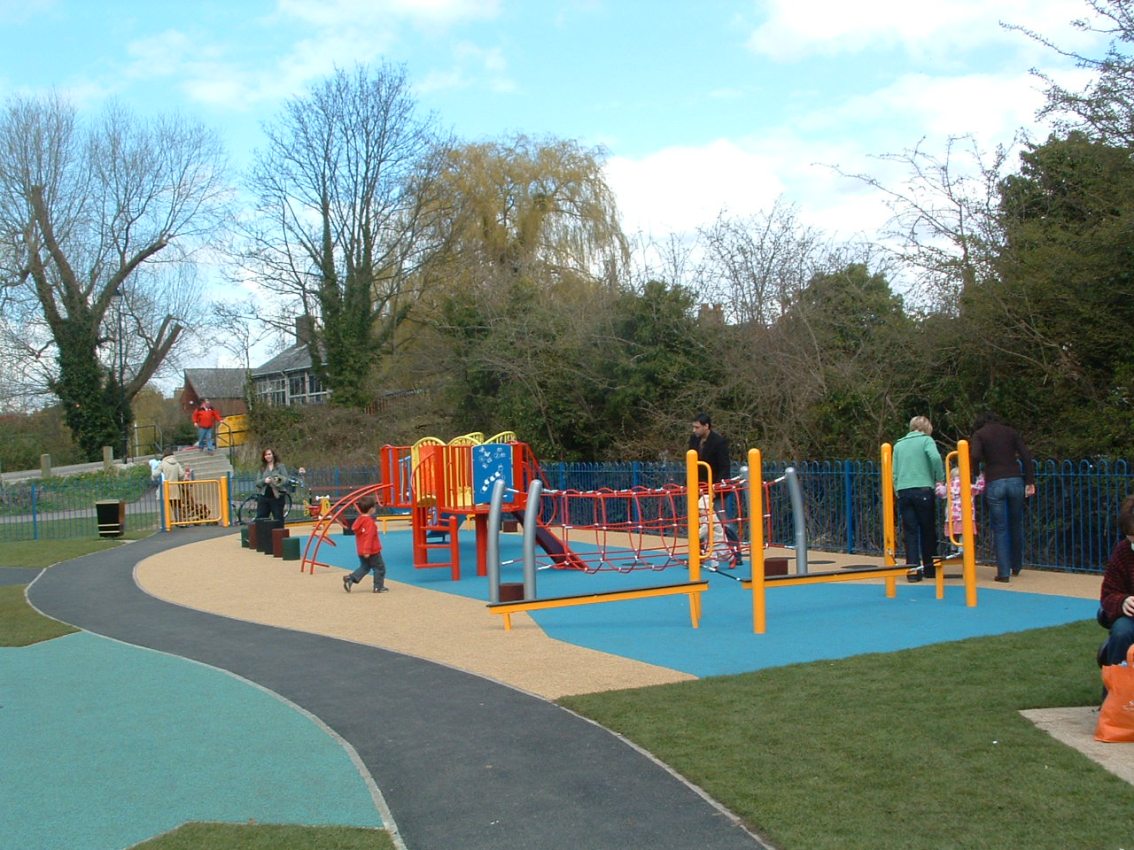Why UK Playgrounds Don’t Provide Enough Play Opportunities
Play provides many opportunities for children. It can contribute to the development of gross and fine motor skills, give opportunities for psychical activity contributing to a healthy life style and support the development of negotiating and social skills. Play is also an important part of the nature of childhood and can be both challenging and fun. Play in outdoor environments can have added benefits of contact with nature.
Many playgrounds have consisted of what I have called a Kit, Fence, Carpet approach where a lot of fixed play equipment, Kit, is spatially defined by a Fence, with a Carpet of rubber. This approach is not informed by an understanding of children’s play, does not consider the site and its context and is not design led. Such provision has tended to exclude the use of landform, vegetation, sand and water: elements of the landscape which some research has shown is of benefit to children for physical, mental and social development. This has contributed to children in some parts of the world loosing beneficial contact with nature – though nature can be understood variously according to landscape context, cultural meanings and personal experience.
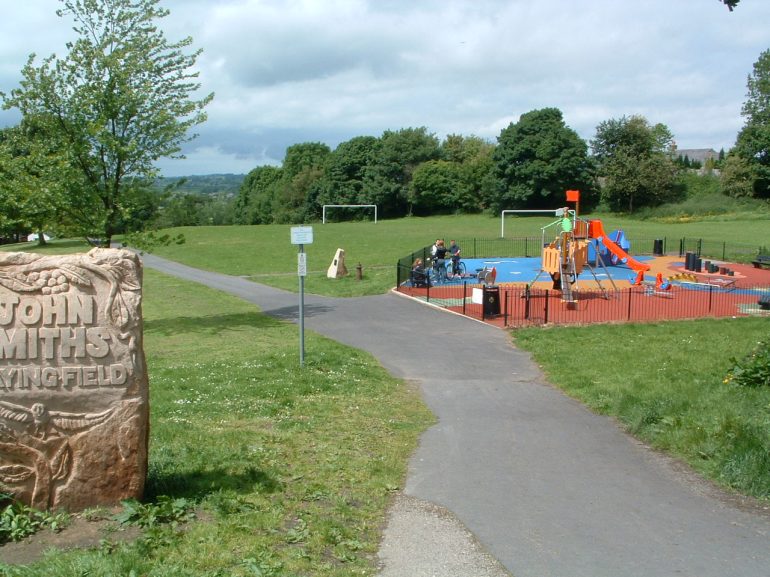
Another issue that comes into play is that the distance children are allowed to go from home to play outdoors by themselves, what Roger Hart originally called ‘home-range’, has decreased over recent generations. Here in Sheffield a small study I undertook revealed that over three generations several things changed about the outdoor play of the grand-parent, parent and child in two families. All the changes were reductions:
- in the distance allowed from home,
- in the variety of different open spaces used,
- in the range and type of activities undertaken and
- in the number of child companions.
So instead of being free to roam several miles to outdoor environments such as fields, bluebell woods, playing fields and streams with many friends and meeting up with others, as their grandparents did, the current children are limited to go by themselves only about 100 m down their road to play with one or two other children, sometimes in the garden, sometimes on the grass in front of a house and sometimes indoors (Woolley and Griffin, 2014). These limitations are placed on children by their parents. Previous research have identified similar reductions across generations with acknowledgement that these changes are a result of different factors including increasing urbanisation.
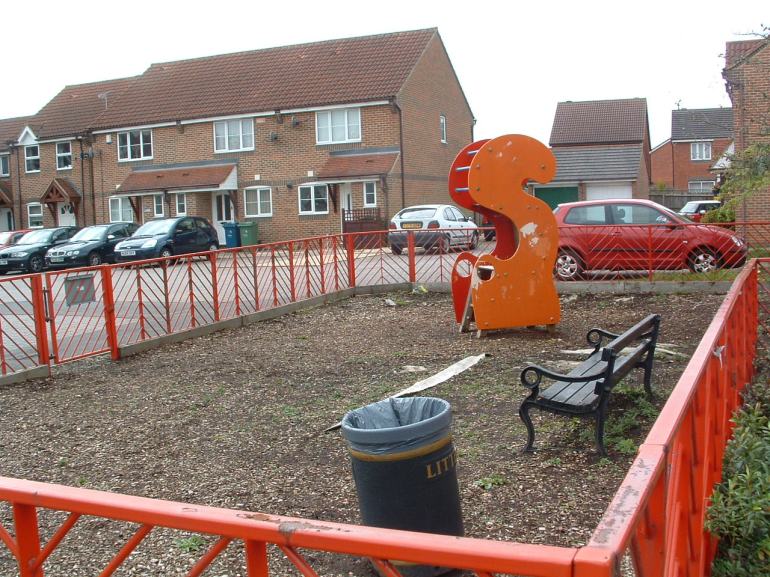
During this timeframe something else has happened to children’s outdoor environments in the UK and in other parts of the world as far apart as America and Iran. For about fifty years it appears that in these situations children have been expected to play in playgrounds, and sometimes exclusively so.
Starting with the hypothesis that these landscape elements provide for increased play opportunities than the Kit, Fence, Carpet approach does another piece of research explored this. A tool was developed from the literature and used to explore the play value of different approaches to the provision of play spaces. It showed that the play spaces with more landscape elements could support more types of play than the Kit, Fence, Carpet approach (Woolley and Lowe, 2013).
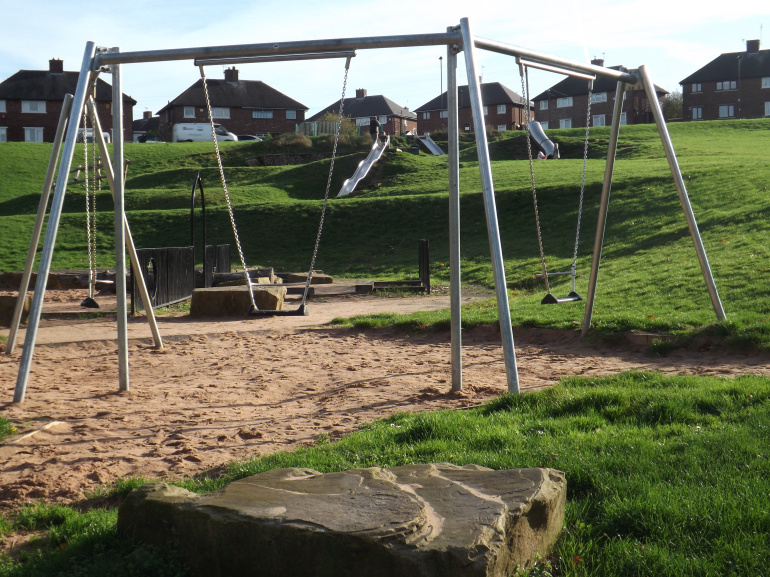
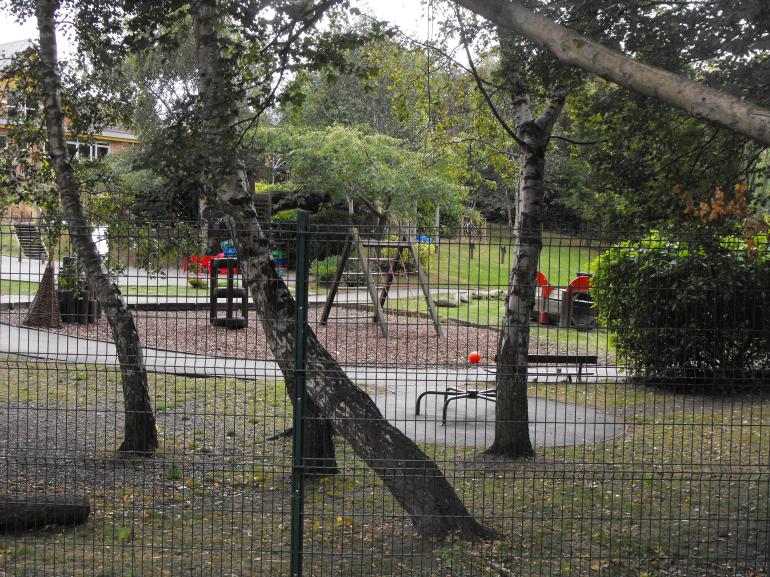
Landscape Architects should be informed and influencing and leading the way to more playful landscapes in many ways especially in the major contemporary developments of new housing areas, the provision and upgrading of school playgrounds and the regeneration of parks and play spaces. As landscape architects we only need to look at Lady Allen of Hurtwood who was not only the first Fellow of the Institute of Landscape Architects (as the LI was then called) but also who tirelessly campaigned for children’s environments as well as children’s rights. Reference to her work is made in the recent report from the Play Working Group of the All Party Parliamentary Group on a Fit and Healthy Childhood.
The UK government’s Play Strategy of 2008 was accompanied by £235m of funding to develop new and existing play spaces with a directive to move toward spaces with more landscape elements. This gave informed landscape architects the opportunity to show how provision for children’s play can be better supported in play spaces. The playgrounds developed and improved under this programme have not been evaluated for their play value and following the general election of 2010 the Play Strategy was rescinded. It is unclear as to what is happening to play spaces in the UK now and whether refurbishment and new spaces are being provided and if so what approach is being taken to them.
Link to APPG Play Report
Woolley, H. (2007) Where do the Children Play? How policies can influence practice. Proceedings of the Institute of Civil Engineers. Municipal Engineer 160 Issue ME2: 89-95. http://www.icevirtuallibrary.com/doi/pdf/10.1680/muen.2007.160.2.89
Woolley, H. (2008) Watch This Space: Designing for Children’s Play in Public Open Spaces, Geography Compass 2/2: 495-512. http://dx.doi.org/10.1111/j.1749-8198.2008.00077.x
Woolley, H. and Lowe, A. (2013) Exploring the Relationship between Design Approach and Play Value of Outdoor Play Spaces. Landscape Research, 38(1): 53-74. http://dx.doi.org/10.1080/01426397.2011.640432
Woolley, H. and Griffin, E. (2014) Decreasing experiences of home range, outdoor activities and companions: changes across three generations in Sheffield in north England. Children’s Geographies 13(6): 677-191. http://dx.doi.org/10.1080/14733285.2014.952186
